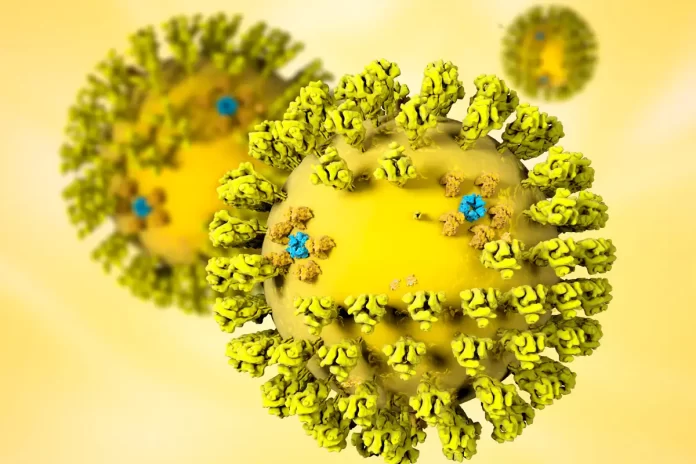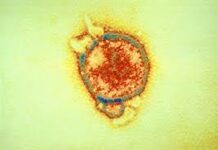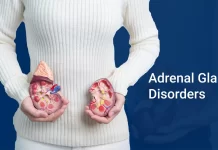Severe Acute Respiratory Syndrome (SARS) is a viral respiratory illness caused by the SARS-associated coronavirus (SARS-CoV). It first emerged in Guangdong Province, China, in November 2002, and spread to other parts of the world in early 2003. SARS is characterized by flu-like symptoms and can lead to severe respiratory distress, which can be fatal in some cases.
Overview:
- SARS is caused by the SARS-associated coronavirus (SARS-CoV), which is a member of the coronavirus family.
- The virus primarily spreads through respiratory droplets when an infected person coughs or sneezes. It can also spread by touching contaminated surfaces and then touching the face.
- The incubation period for SARS is typically 2 to 7 days, although it can be as long as 10 days.
- Symptoms of SARS can vary but often include fever, chills, muscle aches, cough, and difficulty breathing. Some patients may also experience diarrhea.
- In severe cases, SARS can lead to pneumonia, respiratory failure, and death.
Symptoms:
Common symptoms of SARS include:
- Fever
- Chills
- Muscle aches
- Cough
- Difficulty breathing
- Other symptoms may include headache, malaise, and diarrhea.
Causes:
SARS is caused by infection with the SARS-associated coronavirus (SARS-CoV). The virus is believed to have originated in bats and then spread to other animals, such as civet cats, before jumping to humans. Human-to-human transmission occurs primarily through respiratory droplets produced when an infected person coughs or sneezes.
Treatment:
There is no specific antiviral treatment for SARS. Treatment focuses on relieving symptoms and providing supportive care, such as:
- Rest
- Fluid intake to prevent dehydration
- Pain and fever medication (e.g., acetaminophen)
- Oxygen therapy for severe respiratory distress
- Mechanical ventilation for patients with respiratory failure
Prevention:
Preventing the spread of SARS involves:
- Practicing good hand hygiene by washing hands frequently with soap and water or using alcohol-based hand sanitizers.
- Covering the mouth and nose with a tissue or elbow when coughing or sneezing.
- Avoiding close contact with individuals who have respiratory symptoms.
- Wearing masks, particularly in crowded or healthcare settings.
- Implementing infection control measures in healthcare settings to prevent nosocomial transmission.
- Travel restrictions and screening measures may also be implemented during outbreaks to prevent the spread of the virus across borders.

































